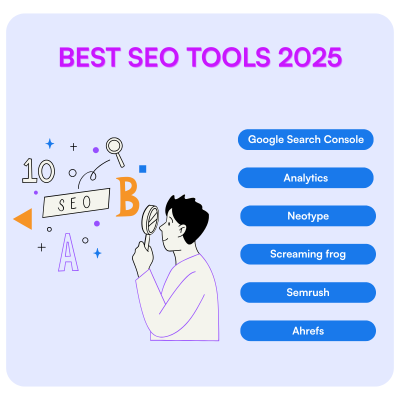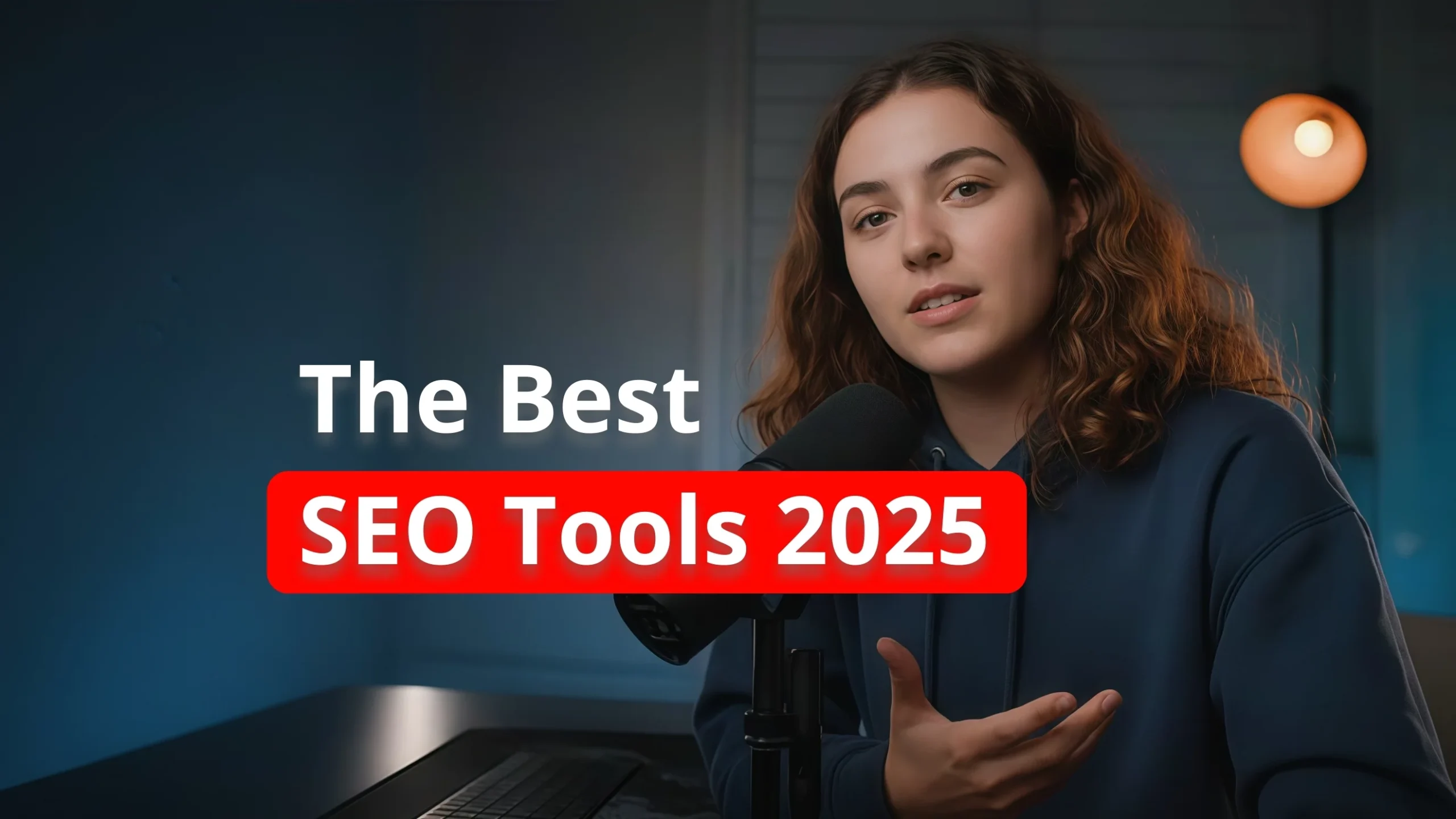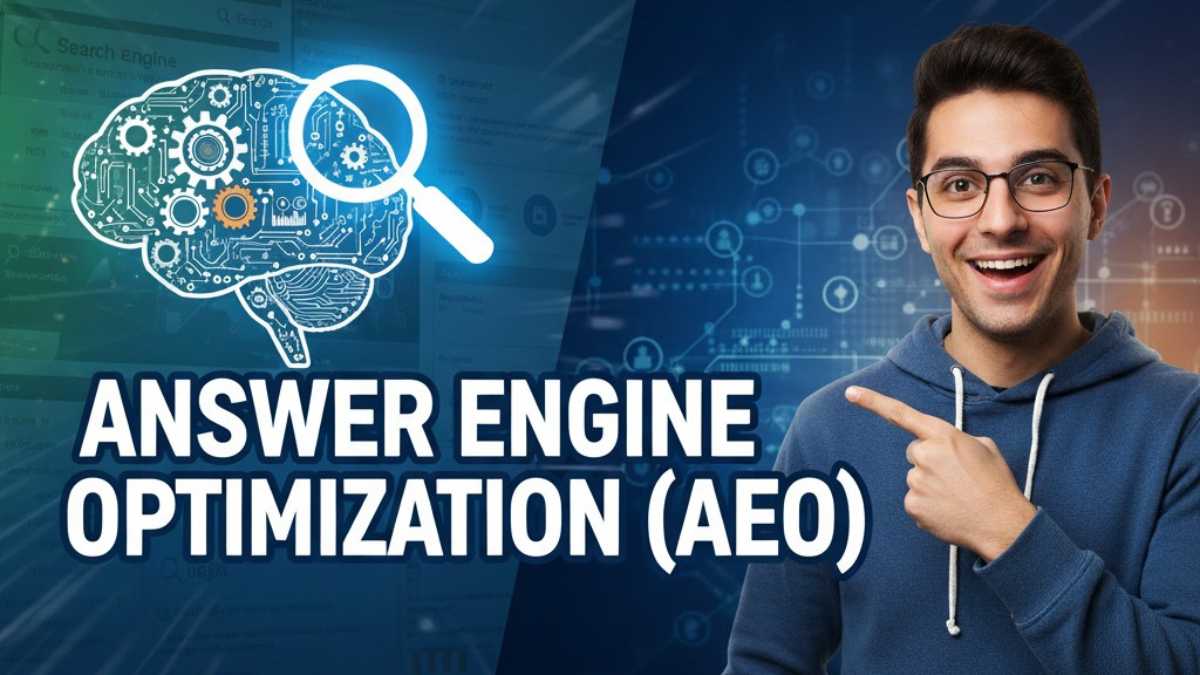Table of Contents
Quick Shortlist: The 10 Must-Haves (Free and Paid)
When someone asks me what SEO software they really need, my answer is: start by covering “the basics that move the needle” and then scale. This is my starter set that rarely fails; it combines paid SEO platforms with free utilities.
1. Google Search Console (GSC) — free
Your direct window into Google: coverage, performance, indexing, Core Web Vitals, links. For me, it’s the base dashboard where I check that everything else makes sense.
2. Google Analytics 4 (GA4) — free
Not a “pure SEO tool,” but it measures what matters: organic traffic, conversions, user journeys. Essential for attribution and spotting content opportunities.
3. Screaming Frog — one-time payment/affordable annual license
The go-to crawler for technical audits: indexability status, canonicals, meta tags, redirects, duplicates, and more. Perfect for finding quick technical wins.
4. PageSpeed Insights and/or GTmetrix — free/freemium
Performance and Web Vitals. You don’t need to obsess over the score, but you should care about real load times and actionable recommendations.
5. Semrush — full suite (subscription)
Keywords, competitors, backlinks, audits, content, tracking… It’s an all-in-one SEO suite for those who want everything in one place.
6. Ahrefs — full suite (subscription)
Excels in backlinks and keyword database. Ideal if your game is link building and deep competitive analysis.
7. SE Ranking — versatile suite (subscription)
A solid balance between functionality and cost, with modules for auditing, rank tracking, keyword research, and local SEO options.
8. Sistrix — suite focused on visibility (subscription)
Widely used in Spanish and European markets to analyze visibility and competitors, with modular areas.
9. Moz Pro — classic suite (subscription)
Still useful for on-page, rank tracking, and domain authority. Offers a good learning curve for mixed teams.
10. Neotype AI – free/freemium
Neotype is an AI generator content optimized for SEO and AI Searches. Its main tools are the AI article generator and the brand voice generator.

How to choose your SEO Tool (criteria and common mistakes)
Choosing “the best” SEO tool is like choosing sneakers: it depends on the terrain. Use this checklist to decide wisely:
Criteria Checklist
- Data coverage: Does it cover the market/language you care about? How deep are its keyword and backlink indexes?
- Accuracy/freshness: Crawling frequency, SERP updates, AI support where it helps (not where it hallucinates).
- Key modules: Keyword research, technical audit, backlinks, on-page, content, local SEO, reporting.
- Learning curve: Interface, documentation, templates, community.
- Pricing model: Freemium, subscription, credit-based, one-time payment.
- Integrations: GSC/GA4, CMS (WordPress), Data Studio/Looker, Slack, Zapier.
- Limits and scalability: Projects, users, credits, exportable rows.
- Support and roadmap: Response speed, recent improvements, stability.
Common mistakes i see
- Buying a “top-of-the-line” suite but only using 20% of it.
- Not checking project/row limits and hitting a wall in month two.
- Judging the tool by its audit score instead of by real impact on traffic/conversions.
- Mixing too many AI tools without a clear workflow: more noise than results.
Practical Tip
If content is your bottleneck, prioritize AI tools that maintain tone and speed up briefing like Neotype Brand voice.
How to test without wasting weeks
- Define 3 real tasks (e.g., “audit category X,” “find 20 transactional keywords,” “create 1 full article”).
- Give your team access and set a 7-day limit to evaluate speed, quality, and friction.
- Stick with the one that delivers the most impact on those tasks, not in demos.
Tools by use case
Because not all projects need the same thing, here are my recommendations organized by what you’re going to do.
Keyword research
- Suite: Ahrefs, Semrush, SE Ranking, Sistrix.
- Support: Google Trends, Autocomplete, People Also Ask, forums/Reddit.
- Workflow: seed keywords → group by intent → prioritize (volume, difficulty, business value) → content map.
Technical Audit
- Crawler: Screaming Frog (baseline), Sitebulb (visualization), audit modules in suites.
- Support: GSC (coverage), PageSpeed Insights/GTmetrix (Performance/Web Vitals).
- Workflow: crawl → classify issues by impact/effort → fixes → re-crawl → track in GSC.
Backlinks and Competitors
- Focus: Ahrefs (link profile), Majestic (TF/CF), Semrush (prospecting), Sistrix (visibility).
- Workflow: analyze link gaps → thematic prospecting → outreach → monitoring.
Content and AI
- AI: Neotype.ai, Surfer, Frase, Clearscope.
- Workflow: keyword research → structured brief → AI (first draft) → on-page editor → human review → publish → interlinking.
In my case, Neotype.ai’s related post suggestions work as a script for interlinking and building clusters that rank faster.
Local SEO
- Tools: Local modules in SE Ranking/Semrush, Google Business Profile, citation audit tools.
- Workflow: optimize profile, consistent NAP, correct categories, reviews, location pages, local tracking.
On-Page and CMS
- Plugins: Yoast SEO, Rank Math (WordPress).
- Support: browser extensions for meta, headers, Schema.
- Workflow: page-type templates → publishing checklist → automatic validations.
Golden rule: if a tool doesn’t clearly fit into a workflow, it’s noise. Less is more.
Comparative Table
| Tool | Type | Model | The best | Limitations | Perfect for |
|---|---|---|---|---|---|
| GSC | Metric/diagnostic | Free | Google data | Limited reporting curve | Any project |
| GA4 | Analytics | Free | Attribution and conversions | Learning curve | Any project |
| Screaming Frog | Technical crawler | Annual license | Technical depth | Requires interpretation | Auditing sites of all sizes |
| PageSpeed Insights | Performance | Free | Web Vitals and recommendations | Does not replace real testing | Improving UX/speed |
| GTmetrix | Performance | Freemium | Monitoring and comparisons | Limit in free plan | Performance tracking |
| Semrush | SEO Suite | Subscription | “All-in-one” modules | May be too much for small projects | Marketing teams/Agencies |
| Ahrefs | SEO Suite | Subscription | Backlinks and keywords | Strict plan limits | Competitor analysis and link building |
| SE Ranking | SEO Suite | Subscription | Cost/function balance | Smaller indexes than “top dogs” | SMEs/Growing agencies |
| Sistrix | SEO Suite | Subscription | Visibility and area modules | Learning curve if new to the ecosystem | Competitive analysis in ES/EU |
| Moz Pro | SEO Suite | Subscription | On-page and tracking | Less “hype” than others | Mixed teams |
| Majestic | Backlinks | Subscription | TF/CF metrics | Not “all-in-one” | Link prospecting |
| Content AI (Neotype.ai, etc.) | SEO Content | Subscription/credits | Speed, consistency, briefing | Requires human guidance | Frequent content publishing |
Recommended workflows by profile (Freelancer, Agency, Ecommerce, Media)
Freelancer/Consultant
- Quick discovery in GSC/GA4 + Screaming Frog (top issues).
- Keyword research (SE Ranking/Ahrefs) → content map.
- Assisted writing: brief + AI (e.g., Neotype.ai) → on-page editor.
- Publishing + interlinking + tracking.
Why this way: maximum impact/time ratio. In my case, AI lets me deliver a first draft to the client in hours, not days.
Agency
- Onboarding with templates, Looker dashboards, GSC/GA4 connections.
- Full technical audit (Screaming Frog + suite).
- Content clusters and editorial calendar (suite + AI).
- Ongoing link building with prospecting and monitoring (Ahrefs/Majestic).
Keys: standardization and reporting. Brand voice in AI tools like Neotype.ai is gold for accounts with multiple writers: it always sounds consistent.
Ecommerce
- Faceted/indexing audit (crawler + GSC).
- Transactional and category-level keyword research.
- Product pages with controlled AI (brief + entities + FAQ) + guide pages.
- Technical templates (structure, structured data) and performance.
Media/Corporate Blog
- Topic research + informational intent.
- Cluster calendar (pillars + satellites) with AI suggesting related posts.
- Strong human editing (style, source contrast) and promotion.
Practical Tips to get the most out of them (measurement and maintenance)
- Define clear KPIs by area: organic (clicks, impressions, rankings), business (leads/sales), health (CWV, indexing), links (referring domains).
- Maintenance cadence: light technical audit every 2–4 weeks; deep crawl quarterly; monthly review of content and internal linking.
- Minimalist dashboards: 1 panel per project with a maximum of 10–12 charts (GSC/GA4 + suite).
- Repeatable templates: content briefs, publishing checklists, interlinking and outreach templates.
- Avoid “new tool syndrome”: only add a tool if it clearly replaces or improves something you already do.
- Guided AI testing: start with templates and brand voices.
- Measuring content impact: before/after (28–56 days), control for seasonality, compare with site benchmarks.
- Document decisions: why you chose X tool, with what limits, and how it will fit into the workflow. This log saves future debates.
Best SEO tools 2025
- Google Search Console
- Analytics 4
- Neotype AI
- Screaming Frog
- Semrush
- Ahrefs
FAQs
It depends on your workflow. I personally use Neotype.ai for its brand voices and related post suggestions for clusters—but always with human review.


